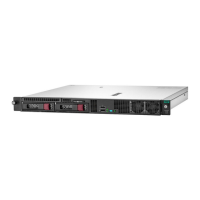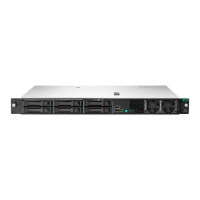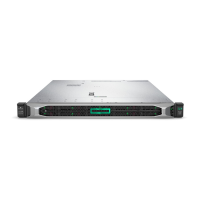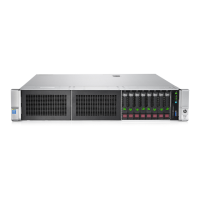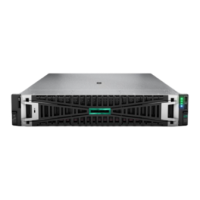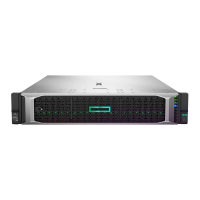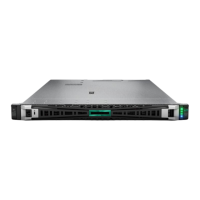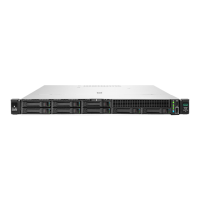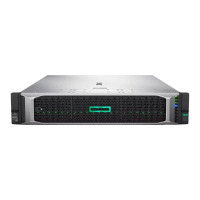When system maintenance switch S6 is set to the On position, the system is prepared to erase all system
configuration settings from both CMOS and NVRAM.
IMPORTANT:
Before using the S7 switch to change to Legacy BIOS Boot Mode, be sure the HPE Dynamic Smart
Array B140i Controller is disabled. Do not use the B140i controller when the server is in Legacy BIOS
Boot Mode.
CAUTION:
Clearing CMOS, NVRAM or both deletes configuration information. Be sure to configure the server
properly to prevent data loss.
NMI functionality
An NMI crash dump creates a crash dump log before resetting a system which is not responding.
Crash dump log analysis is an essential part of diagnosing reliability problems, such as failures of operating
systems, device drivers, and applications. Many crashes freeze a system, and the only available action for
administrators is to restart the system. Resetting the system erases any information which could support
problem analysis, but the NMI feature preserves that information by performing a memory dump before a
system reset.
To force the system to invoke the NMI handler and generate a crash dump log, do one of the following:
• Use the iLO Virtual NMI feature.
• Short the NMI header.
For more information, see the Hewlett Packard Enterprise website.
Drive numbering
The following images show the drive numbering for each of the supported drive configurations. For drive box
numbering information, see "Front panel components."
• Two-bay LFF non-hot-plug drive model
• Two-bay LFF hot-plug drive model
86 NMI functionality
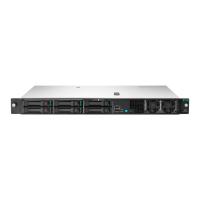
